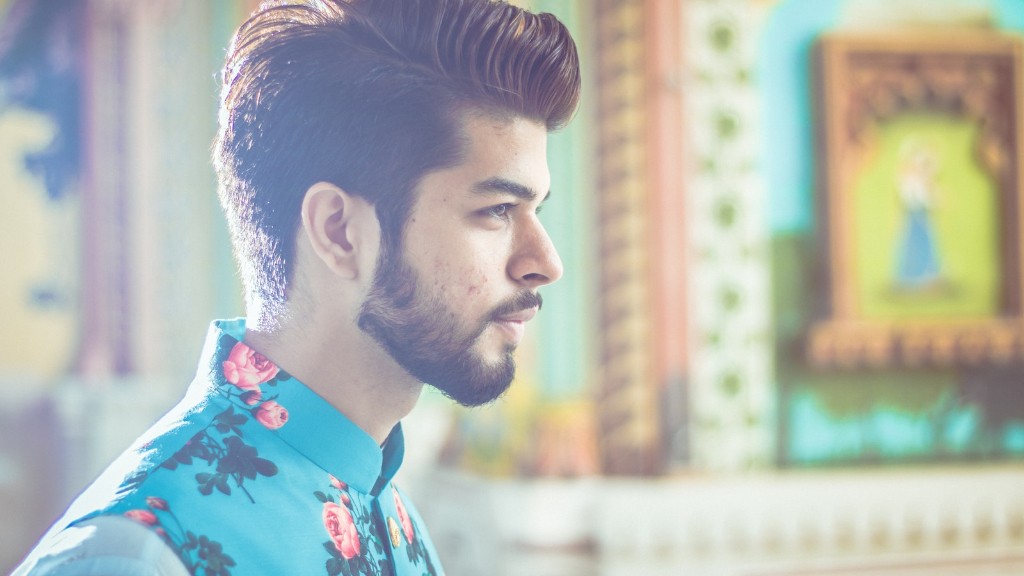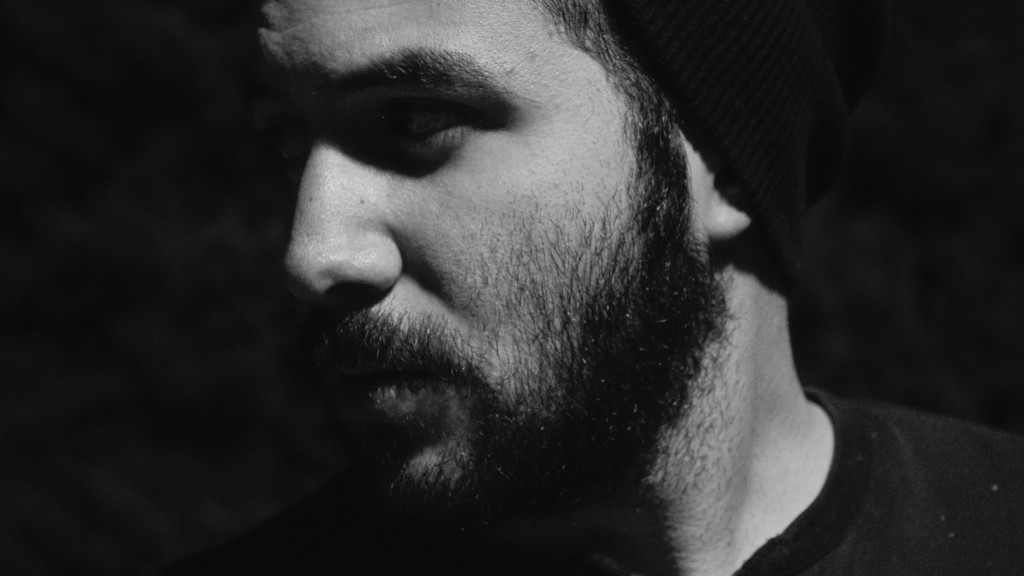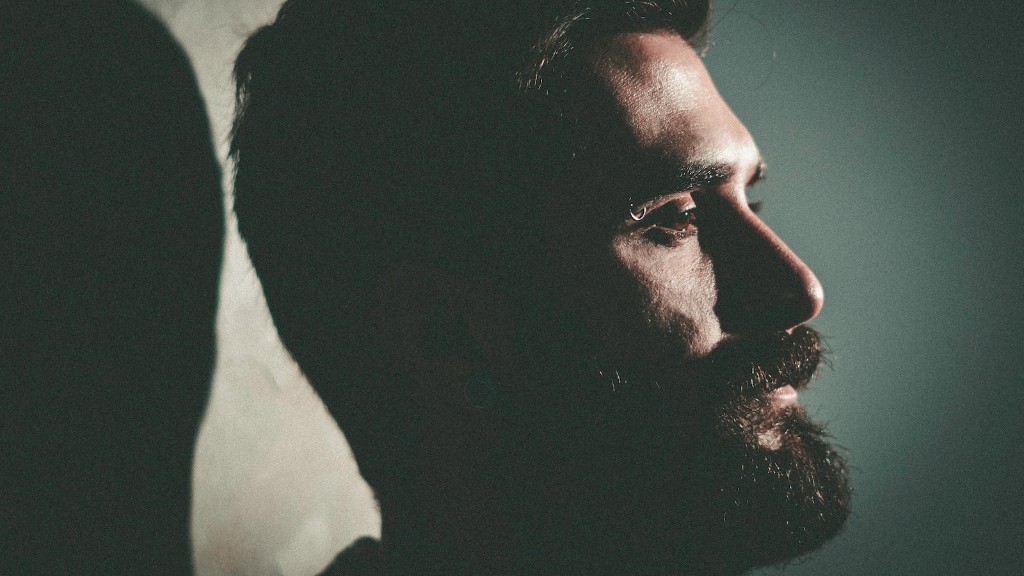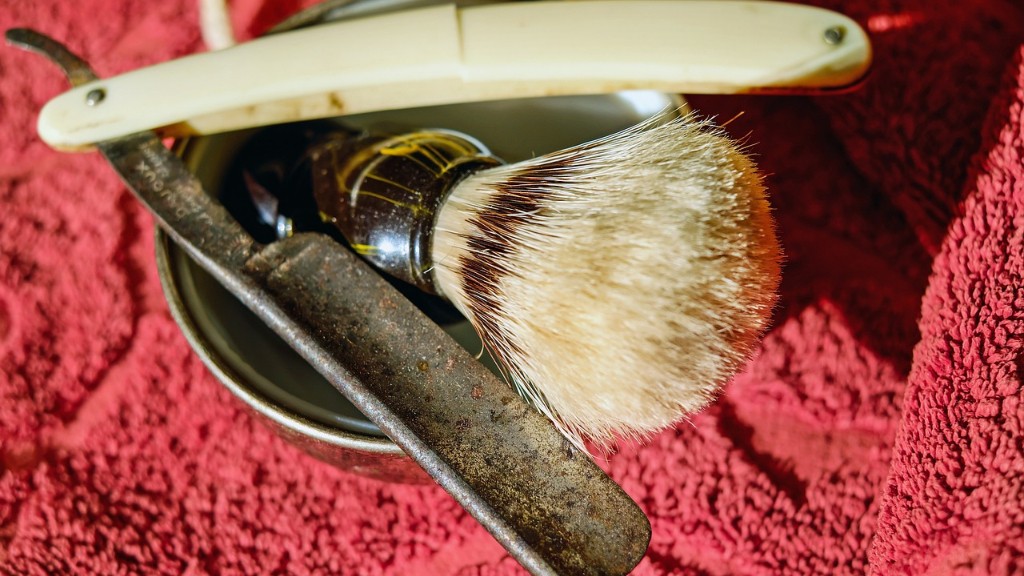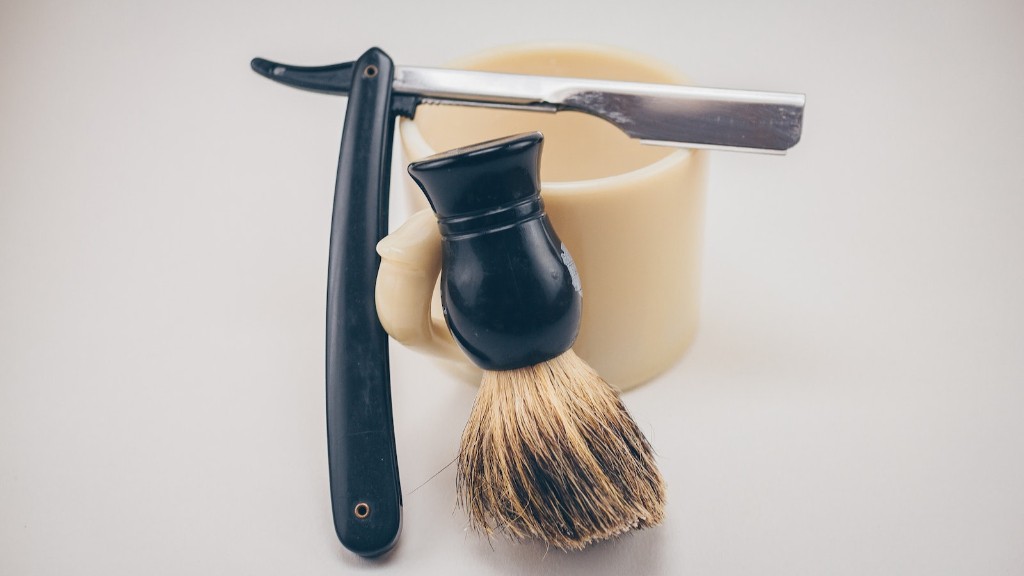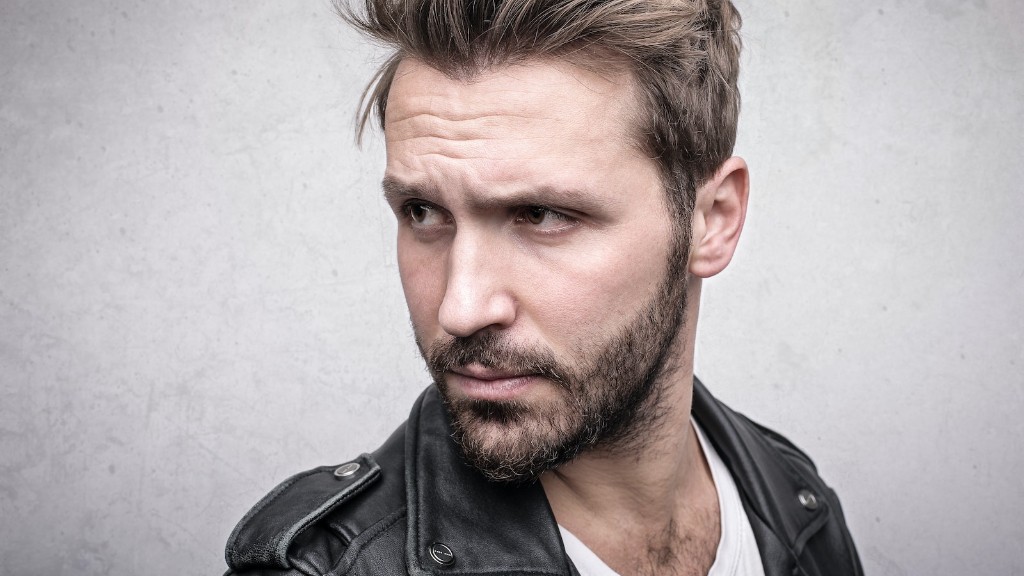Beard nets are required in many food service and health care settings because they keep facial hair contained and prevent it from contaminating food or coming into contact with patients. While not all workplaces require beard nets, it is always a good idea to check with your boss or manager to see if they are necessary in your particular work environment.
There is no universal answer to this question as different jurisdictions have different laws and regulations regarding the use of beard nets. In some cases, beard nets may be required by law, while in others they may simply be recommended or suggested. It is always best to check with the relevant authorities in your specific area to determine the requirements or recommendations regarding the use of beard nets.
Do I need to wear a beard net?
Hair in food is unappetizing and unsanitary. All food production staff should therefore take measures to cover their hair while on the job. This may include wearing a hair net, bouffant cap, or beard snood. By doing so, they will help to ensure that the food they are handling is safe and clean.
There is no specific regulation on the required length of beard that will require a restraint in the US. However, some states have local policies that require a beard restraint when the facial hair exceeds half an inch.
How long can your beard be in a kitchen
A lot of kitchens does not care as long as it is not so long that it might interfere with work duties. I have worked as a cook myself while having a beard of at most 2–3 centimetres/about an inch, and also worked alongside a lot of others having the same.
A full moustache must be covered the same as with beard and hair. The same risk for applies to both beard and moustache.
Who is required to wear a hair net?
This is to ensure that all food handlers are following proper food safety procedures. All hair must be covered so that it does not come into contact with food. This will help to prevent contamination and keep food safe to eat.
Facial hair is allowed as long as it does not protrude under the respirator seal, or extend far enough to interfere with the device’s valve function. This means that you can have a beard, mustache, or goatee, as long as it does not come into contact with the seal of the respirator. If you are unsure if your facial hair will interfere with the seal, you can always test it out by putting on the respirator and performing a seal check.
Why beard is not allowed in food industry?
Facial hair can certainly contaminate food if it’s not properly covered. A beard net or other type of restraint can help to keep any facial hair in place so that it doesn’t fall into food. Just like regular hair restraints, these devices are meant to keep hair from falling into food.
When it comes to facial hair, there is no one-size-fits-all. The length of your beard will depend on a number of factors, including your personal preference, the density of your facial hair, and the shape of your face. However, a good rule of thumb is to start with a length of approximately 2 millimeters for stubble that’s slightly longer and fuller. For anything longer than that, you’ll be in full-beard territory.
How many inches is a full beard
Most people can expect to grow at least a foot of beard before the end of the anagen phase, with the average terminal length ranging from 12 inches to 36 inches. The world record beard was held by Hans Nilson Langseth and reached 186 feet! Though it’s unlikely that your beard will match this extreme outlier, it’s still possible to achieve impressive length.
It’s perfectly fine for men to have long beards in the professional world. In fact, many companies actually think it’s quite stylish and modern. So don’t worry about looking unprofessional – you’re actually ahead of the curve!
What length is a professional beard?
A professional beard should be well-groomed and kept at a length of 05” to 1”. This is the best length for a corporate beard, or business beard. It is important to groom a professional beard just as, or more, than the actual length.
There’s no need to feel down about a patchy beard – it’s simply a matter of genetics. Sure, your beard may fill in as you age, but that’s to be expected. The key is to work with what you’ve got, and you can definitely make a patchy beard look more full. Just remember to embrace your beard for what it is, and don’t wish for new hairs.
What is a full beard without mustache called
While there are many different types of beard without mustache styles, the most popular ones are the goatee, chinstrap, mutton chops, and Amish beard. For longer styles, a beard without a mustache is also referred to as a Lion’s mane, chin curtain, or the dutch beard. No matter what you call it, growing a beard without a mustache can be a great way to change up your look, and it’s definitely worth giving a try!
Beards have been a subject of debate for many years now. Some people believe that beards should only be allowed for religious, cultural, or medical reasons, while others believe that beards should be allowed for any reason. There are pros and cons to both sides of the argument, but ultimately, it is up to each individual to decide whether or not they want to grow a beard.
Can you work in a kitchen with a beard?
Facial hair is allowed, as long as it is properly groomed and a hairnet is worn over the beard.
You can’t wear a hat instead of a hair net because it’s a food safety violation.
Final Words
No, beard nets are not required by law.
There are no federal laws in the United States that mandate the use of beard nets in the foodservice industry. However, the U.S. Food and Drug Administration (FDA) does have food safety regulations in place that recommend the use of beard nets by food handlers in order to prevent the contamination of food. Many state and local jurisdictions also have their own food safety regulations that may require the use of beard nets.
